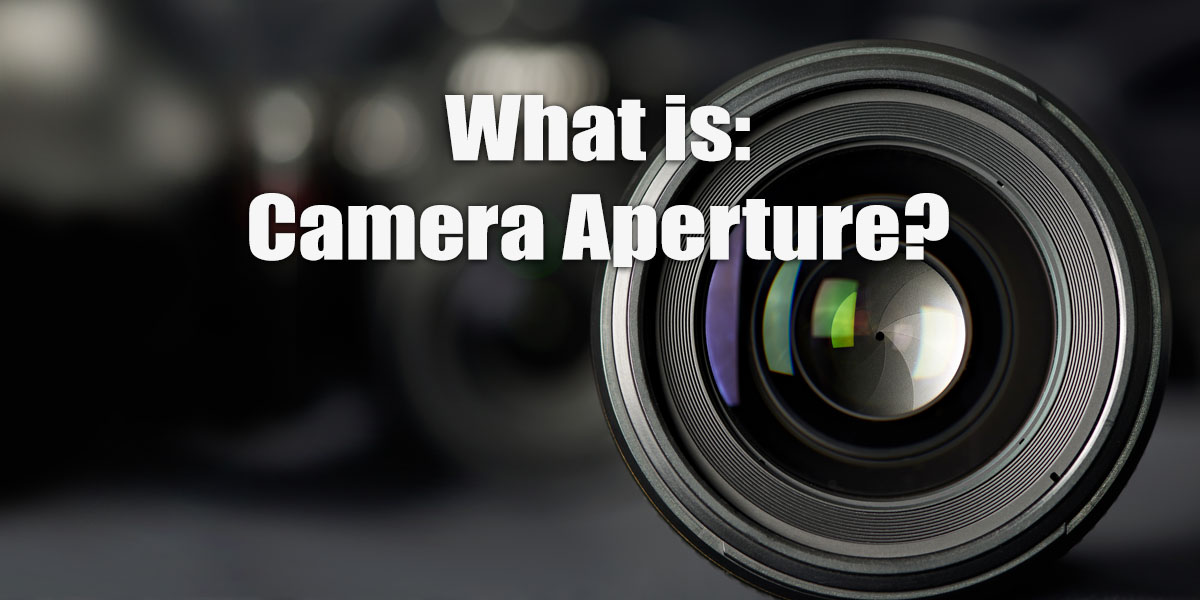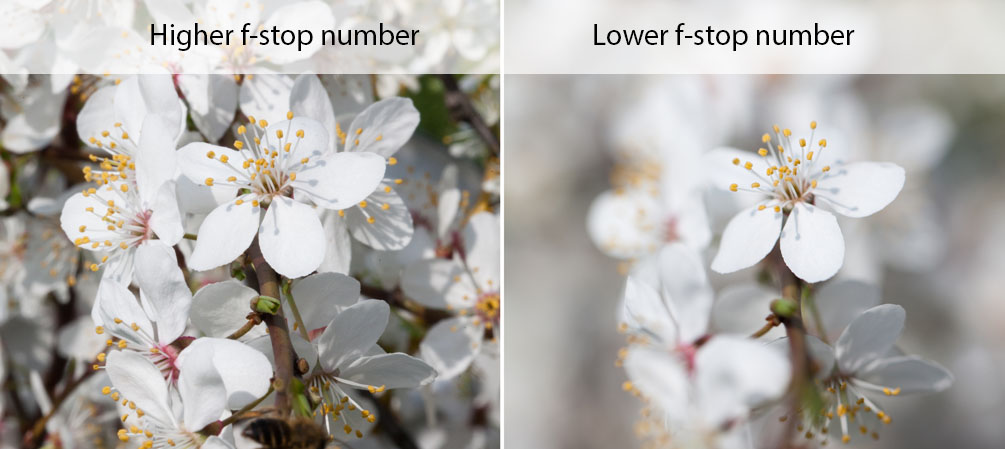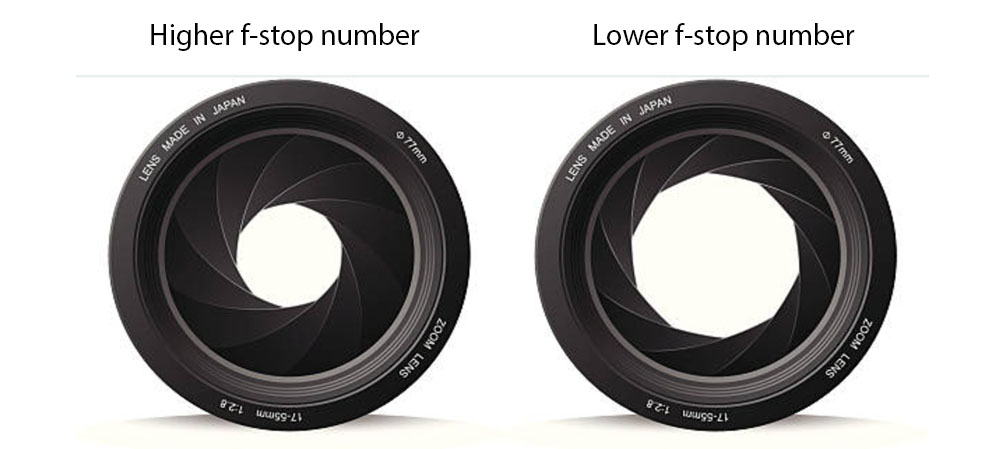What is Camera Aperture?
A Guide for understanding Camera Aperture settings
What is Camera Aperture? The Aperture itself is the size of the hole made by the iris of the lens. Many people mix the terms ‘iris’ and ‘aperture’, but an easy way to remember is to think of the iris as the window that lets in light, and the aperture is the size of the opening where the light is passing through.
For both video and photography, the size of the Aperture affects both your Depth of Field (DOF) and Exposure of your image. Knowing how to adjust for both DOF and Exposure will add to the many tools of capturing that perfect image.
How Aperture Affects your Depth of Field
You may have noticed numbers like f/1.4 or ranges like f/3.5 ~ f/5.6 printed on your lens. This is the size of the aperture on your lens. There are two things to consider when choosing/adjusting the aperture size for your lens, your Exposure and depth of field.
- Exposure: Adjusting the aperture size will directly affect how much light passes through the lens and reaches the image sensor of your camera.
- A smaller f-stop will allow much more light into the sensor, this is great for dark shots taken at night.
- A larger f-stop will limit the amount of light which you may need to adjust on a bright sunny day depending on your intended shot.
- Depth of Field: Adjusting the aperture size will also control your images focal point.
- A smaller f-stop adjustment for DOF will give you a smaller focal point, normally seen as a portrait of a person in focus (foreground) and a blurred background.
- A larger f-stop adjustment for DOF will bring a much larger focal point for the entire image, foreground and background. This would be very useful for landscape shots.
Adjusting Depth of Field
What are F-Stop numbers?
What are F-Stop numbers? F-Stop numbers is the measurement used to determine the opening size of your Aperture. The lower the F-Stop number, the larger then Aperture (or opening in the iris) of your lens. This will allow more light to pass through the lens to reach your camera sensor. Of course the opposite is true, a high F-Stop number means a smaller Aperture opening in the iris, which limits the amount of light to pass through.






